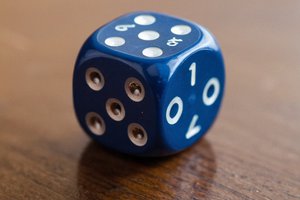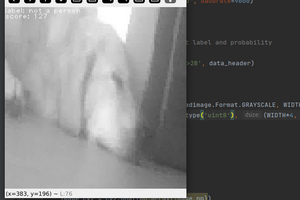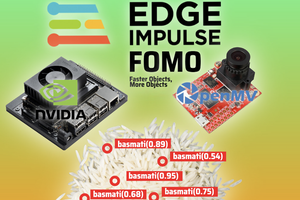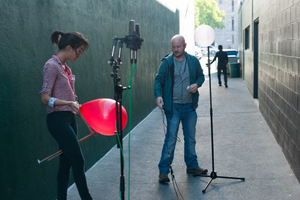In most modern day 3D modeling applications and attempts, images are acquired through one of many methods and then processed with software to produce an accurate model. Once the model is produced, the model can be printed on a 3D printer, displayed to colleagues, published online, or a multitude of other applications. 3D imaging is gaining ground in applications in numerous fields, including that of construction, surveying, historical preservation, geophysics, land use, urban planning, renewable energy development, and much more. With the strong presence of 3D imaging and modeling now, and it’s continued growth into the future, it seems appropriate to examine how to create the most accurate, detailed models possible.
As mentioned above, the first crucial step in the process is the acquisition of images. Although this may seem as a fancy way of “taking pictures”, the image acquisition is much more detailed and specific. Without the proper images, and method of acquiring those images, the basis of the model can be poor before processing even begins, rendering the model invalid. Instead, careful planning and image acquisition can lead to a fantastic model without much effort on behalf of the user. It is because of this that I chose to focus my work on the image acquisition process.
The two main schools of thought describe taking pictures in the Nadir and Oblique fashion. In the Nadir fashion, photos are taken at a lens angle of 90 degrees (or close to it) and at the same elevation above a flat object. This is optimal for creating models of farmland, quarries, and other relatively flat areas that cover a large surface. The other method of image acquisition is Oblique, which is optimal for cases of modeling statues, more complicated surfaces, and surfaces that have a great deal of depth. In Oblique imagery, images are taken at angles ranging from 15 to 75 degrees from perpendicular.
There are many other factors in image acquisition that contribute to the quality of the model, and all the factors can be applied to both methods of aerial photogrammetry. Image overlap is perhaps one of the most important as the repeated capture of pixels of the same item only allow for greater accuracy. Field of view is another important factor, which describes how much of the object is included in each photo. Complexity of the object being modeled has a great deal to do with how the images are acquired, as many models are made of plain objects while others have countless minute details. Finally, the angle that the camera is at relative to perpendicular can affect the quality of the model, as is shown in the project submission.
In addition to testing the above parameters that affect the quality of the model, I explored some other aspects of 3D modeling that were applicable in a few special cases. First, I tested and perfected scaled models of many objects during the course of the project. Scaled models are not a new phenomenon, but many are of large areas. Instead, I was able to create scale models of objects smaller than 1 meter with accuracy in the scale of less than a centimeter. Secondly, I was able to create a complete model of a sharktooth, capturing all sides of the object. Most 3D models have some area, no matter how small, that cannot be captured because it is the support for the object. These include pedestals for statues, the foundation of houses, etc. Therefore, some part of the model is always either left out or fabricated using modeling software such as Blender. Lastly, I attempted to model a moving object on a background of mainly water and sky. This is incredibly difficult as the model is moving and the background has a low number of reference points. Although this aspect of the project is not yet complete, the methods of doing modeling this moving statue are in the process of being tested, and will be elaborated on further.
More information on each of the tests that were done can be viewed in the project logs below....
Read more » Travis Broadhurst
Travis Broadhurst
 Tim
Tim
 kasik
kasik
 Shakhizat
Shakhizat
 Gina Collecchia
Gina Collecchia